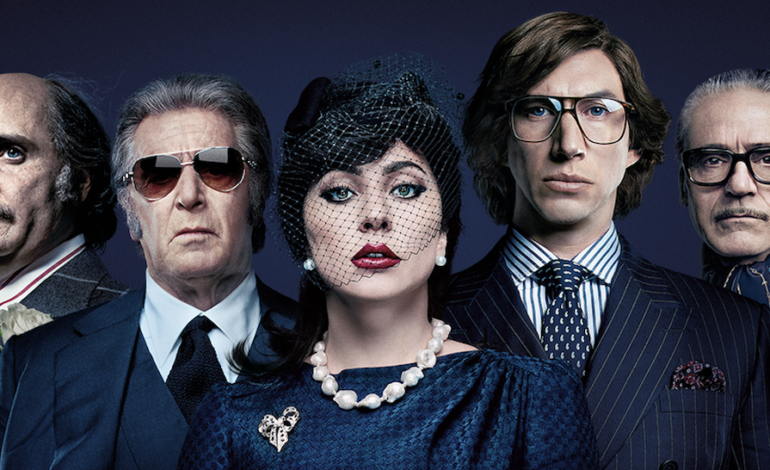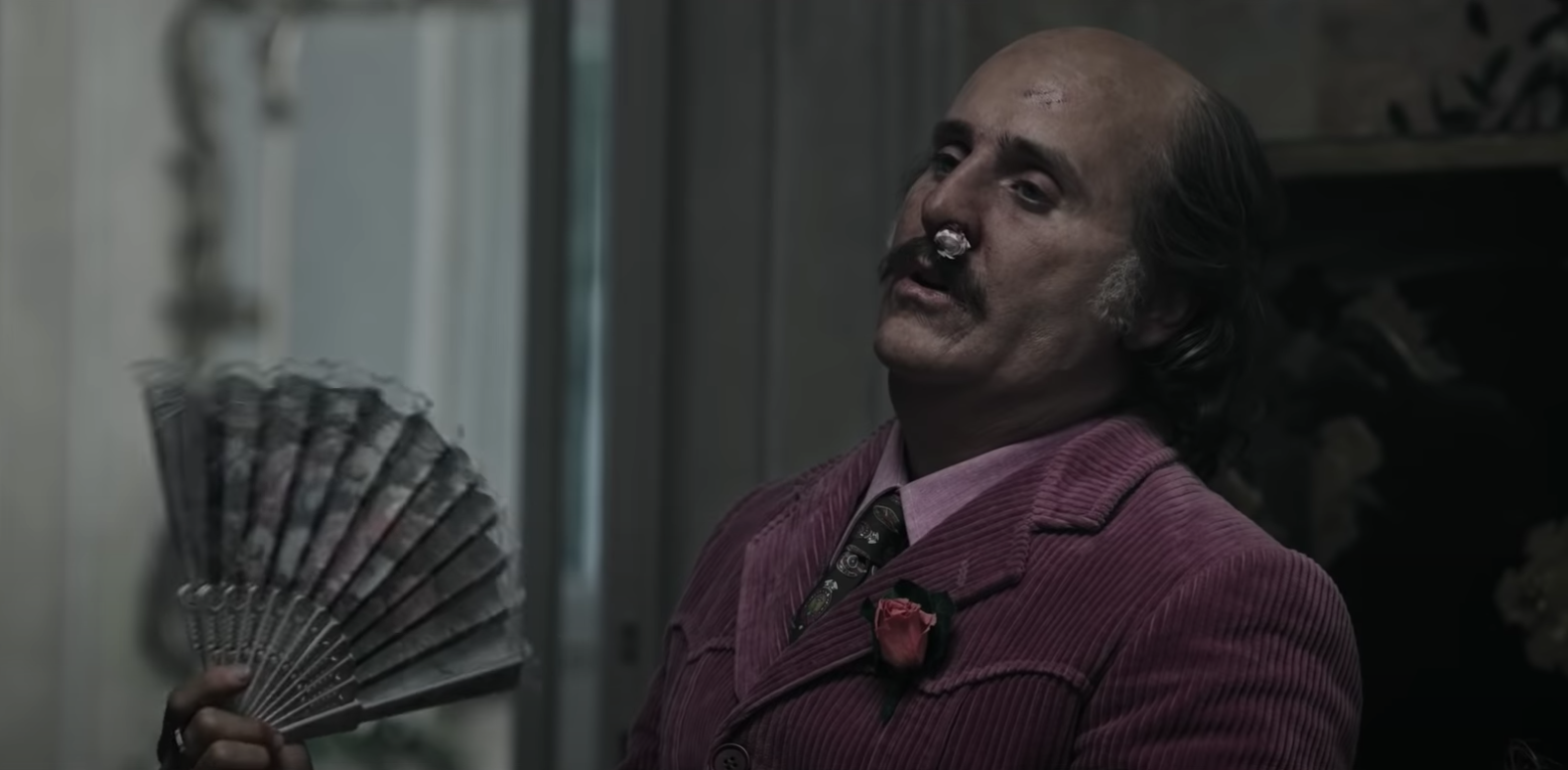

Gucci is a very prevalent brand in this day and age. Especially in larger cities like New York City or Los Angeles, it ‘s difficult to go one day without seeing someone with a Gucci belt or purse. House of Gucci tells the tragic story of the Gucci family and how their empire rose and fell to create this brand synonymous with luxury.


One of the big draws of House of Gucci is its star-studded cast. Adam Driver, an easy draw to any movie, plays Maurizio Gucci, son of Rodolfo Gucci (Jeremy Irons) and nephew to Aldo Gucci (Al Pacino). Rodolfo and Aldo are the original Gucci brothers and co-owners of the Gucci brand in the film. Driver plays a very joyous and carefree character born with a silver spoon at the beginning of the film. He is almost never seen without a smile and carries himself with a positive attitude. This is a side of Driver that is not often seen in his work due to the nature of the characters that he plays, but it’s a nice surprise to see him convey pure joy as Maurizio. Later in the film, he fully flexes his acting muscles and shows the audience what he does best, villainy. His reputable actions as Maurizio are just as endearing as his joyful actions in the beginning of the film.
Lady Gaga (yes, that Lady Gaga) plays Patrizia Reggiani, an outsider who marries Maurizio therein becoming a Gucci herself. There is always a concern with celebrities not accustomed to acting trying to act, but Lady Gaga is a natural. She really brings the audience into the world of Patrizia. She guides the audience through all of the ups and downs that Patrizia experiences. Her poker face is very convincing.
The surprise standout of the show is Jared Leto as Paolo Gucci, Aldo Gucci’s son and Maurizio Gucci’s cousin. Leto serves as the comic relief of the film. The entire family refers to Paolo as an idiot, but he’s a blissfully ignorant idiot. Aldo describes him as “an idiot, but my idiot.” Leto steals almost every scene that he is in with his brand of innocent ignorance.


What really stands out regarding the sensory aspects of the film is the set design. Late twentieth century high-end luxury is a very specific feeling to convey, and House of Gucci does it perfectly. Almost every scene is set in some exotic and luxurious mansion, penthouse, cabin, restaurant, or store. The copious amount of leather, gold, and expensive art immerses the viewer into the world that these characters inhabit.
It brings a sense of realism to the very unreal lives that these one-percenters live. The locations include a large lake-side house, a cabin in the snow-capped mountains, and a pristine New York penthouse. There is rarely a car shown under the six-digit price range even accounting for inflation. All of the fashion is, well, Gucci. All of this is to say that this unique story is supplemented by a unique and tactile world. What makes this world even more fascinating is the fact that House of Gucci recounts the story of real people who were really ensconced with this extravagance.


The story of House of Gucci is a classic “money corrupts” film, but, again, is made much more interesting by the fact that it is based on a true story. The film can be a little slow at points and sometimes the characters don’t always have definitive goals that they are chasing, but some allowances can be made for the structure and pacing of the film because the audience knows that some of the creative choices are made to keep the story true to the real events. Like most movies, House of Gucci very much benefits from being separated into three distinct sections. The first section helps us to fall in love with the characters, the second shows us how high they can go in the world of luxury clothing, and the third shows us how far this once happy family can fall. All of this is to say that the film effectively sets up a lovable cast of characters which then suffers the immense consequences of their actions. Audiences expect complex and engaging characters from a film where most of the conflict stems from the characters and their choices instead of the happenings of the world around them, and House of Gucci delivers.
Rating: 4/5
House of Gucci is a tragic story based on real events about people succumbing to greed and selfish desires. All of which takes place in a very unique setting of late-twentieth century luxury. Movies based on true stories are almost always a little more enjoyable if done well because the audience knows that the trouble that these characters go through really happened to the real-life counterparts of the characters on screen. This helps us attach to the story and gives us deeper emotions regarding the story. House of Gucci is no different. With this film only being screened in theaters, the story hits even harder on the big screen in a room full of other viewers experiencing the same emotions.
